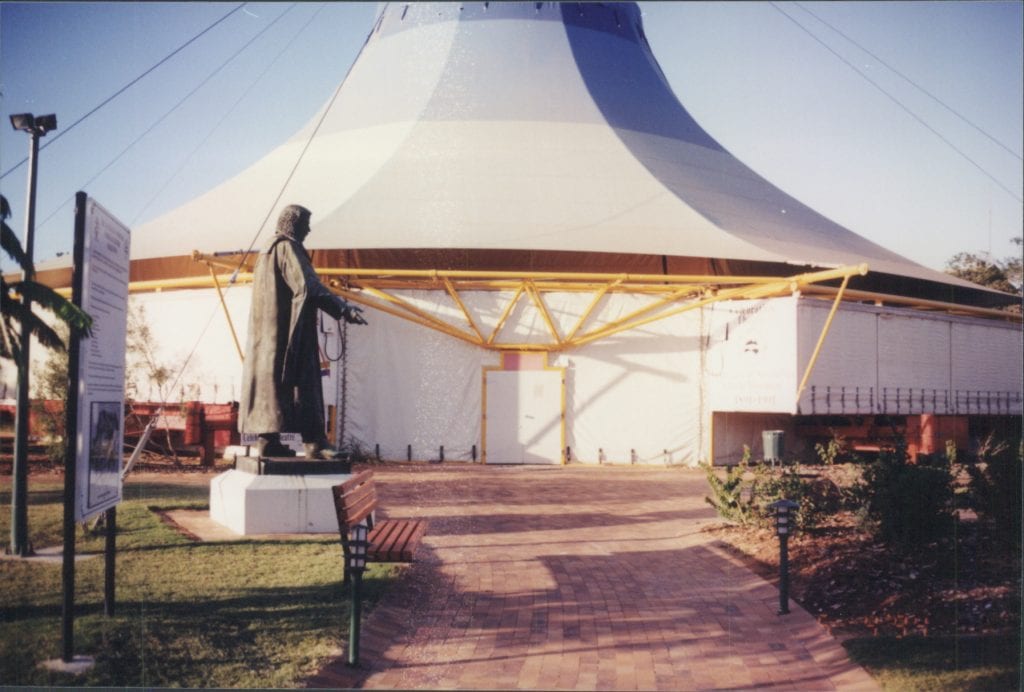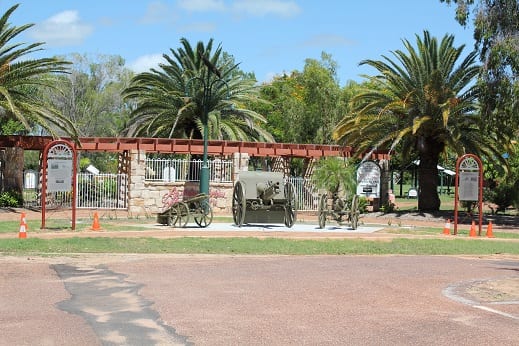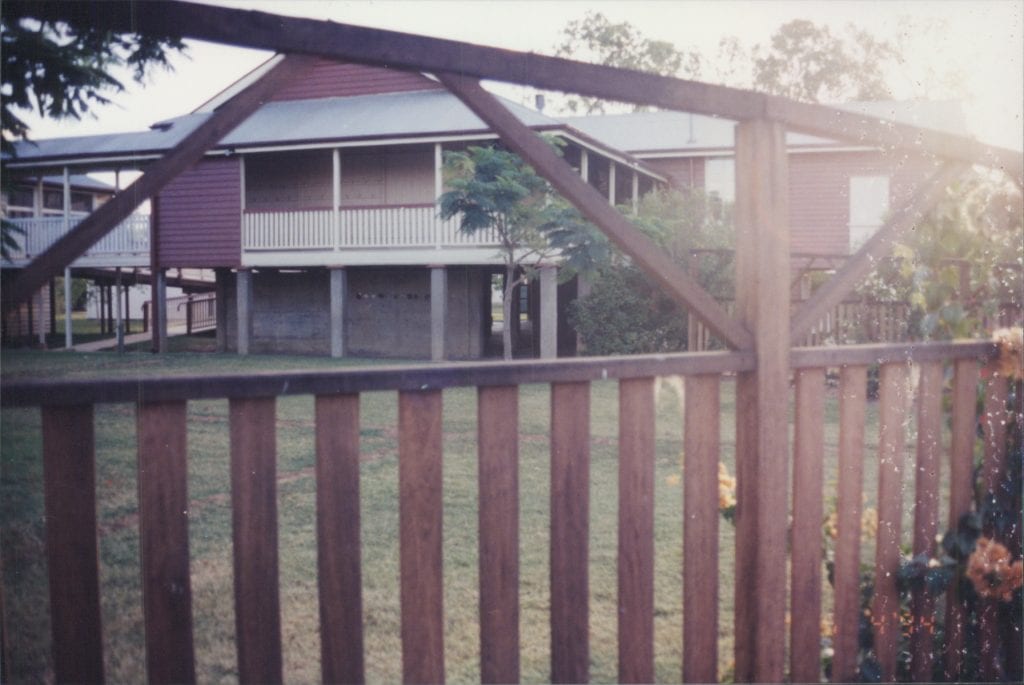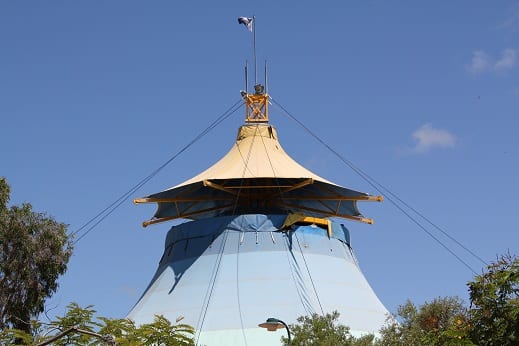In May 1991, the first stage of the Australian Workers’ Heritage Centre project was opened by Prime Minister Bob Hawke.
The momentum to establish something significant to cement Barcaldine’s place in history started to build from 1988, when, with the centenary of the 1891 Shearers’ Strike approaching, planning for a commemorative festival was stepped up. In August 1988, Shire Chairman, Lance Norman, and Tree of Knowledge Committee president, Pat Ogden, represented Barcaldine at an ALP conference in Hobart and in March 1989, they travelled to Canberra to ask that their town be made a focal point of the 1991 Union celebrations. Prime Minister Bob Hawke pledged support for their project.
In preparation for the big day, a grant of $33,000 was obtained from the Department of Arts, Heritage and Environment to fund a survey of the shearers’ camp and Alice River Co-operative farm sites. For two weeks in July 1989 archaeological digs there were overseen by visiting professors, Dr Martin Sullivan of Monash University and Dr Brian Egloff, Principal Archaeologist of Heritage Resource Service and his team. Little was found. The shearers were poor men, devoid of significant possessions that could be left behind. Evidence of their tenure was mainly contained in empty match box tins and lost buttons.
But these desperate men were commemorated by a week of unprecedented celebration in May 1991 as the first stage of the Australian Workers’ Heritage Centre project was opened by Prime Minister, Bob Hawke, attended by crowds greater than Barcaldine had ever seen before. Two enactments of the torchlight processions of mounted men and walkers were particularly moving and will be long remembered by those who took part.
Work began on Stage 2 of the AWHC in September 1993, following announcement by Deputy Premier, Tom Burns, of a $500,000 expansion to include a billabong, extensice landscapinhg, a working railway station, a one teacher school among other features. The landscaped billabong was made possible by upgrading of the old Ash Street bore to supple most of the Centre’s water, so as not to draw heavily on the town’s supply and by the donation of native trees from supporters. Both water pumps and lighting were solar powered.
An added attraction during the time of this progress came with the loan of a statue of T. J. Ryan while its usual home at Queens Park, Brisbane was being refurbished. Because of Ryan’s close association with Barcaldine there was some hope that the statue might be allowed to stay at the Heritage Centre. Alas, no, it had to be returned in October 1994.
By 2000, the AWHC was busy with plans for a new project – a history of Australia’s Working Women. Writing competitions with a Working Women theme were organised to draw attention to it and to provide material for a published anthology. In July 2002 the completed Women in Australia’s Working History display was opened by Premier Peter Beattie at a twilight ceremony in the Heritage Centre’s grounds.
Since then, largely through the unstinting efforts of Bob Gleeson, a number of new exhibits have been added to the centre, including the Australian Workers’ Union building and the newest, Working for Health. There is some 14 buildings housing 22 displays and exhibitions in 2 hectares of landscaped grounds. A gift shop contributes to ongoing maintenance funding.
Visit the Australian Workers Heritage Centre Website Sources include: Hoch, Isabel. 2008, Pages 133-136,





